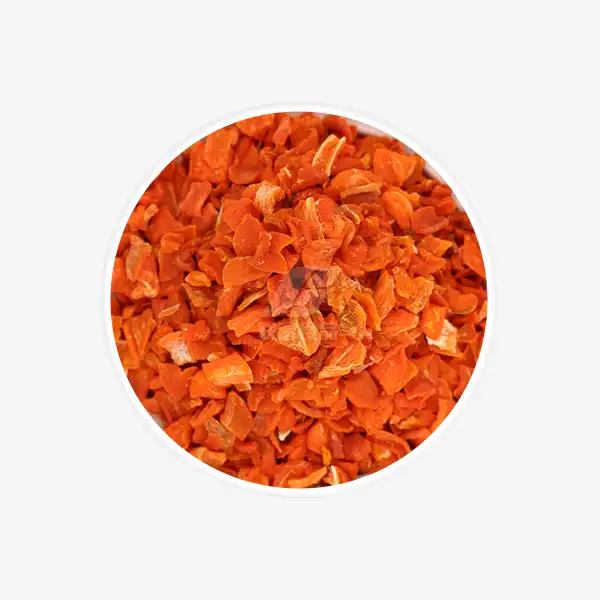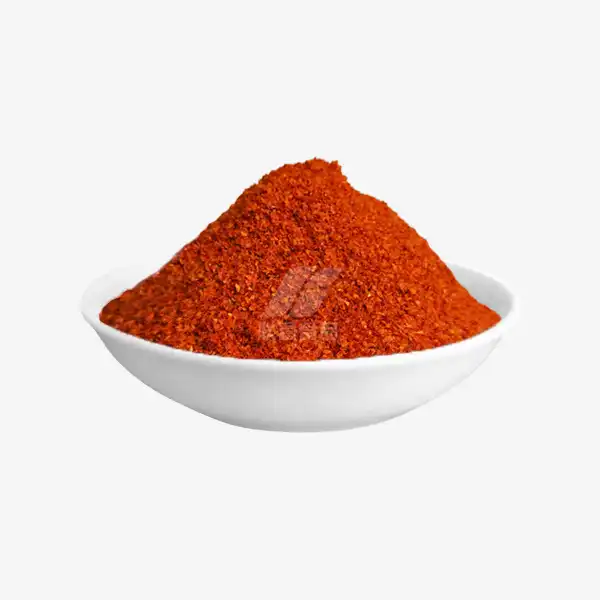Best Practices to Preserve Organic Tomato Powder Quality
Preserving the quality of your organic tomato powder begins with proper storage techniques. By following these best practices, you can ensure that your tomato powder remains fresh and flavorful for an extended period:
Choose the Right Container
Selecting an appropriate container is paramount for maintaining the freshness of your organic tomato powder. Opt for airtight containers made of glass or food-grade plastic. These materials provide an effective barrier against moisture and air, two elements that can degrade the quality of your tomato powder over time.
Mason jars with tight-fitting lids are an excellent choice for storing tomato powder. Their hermetic seal helps prevent air and moisture from entering, while the glass construction allows you to easily monitor the contents. Alternatively, vacuum-sealed bags can be used for long-term storage, as they remove excess air and create an oxygen-free environment.
Control Moisture Exposure
Moisture is the arch-nemesis of tomato powder, causing clumping and potentially leading to mold growth. To mitigate moisture exposure:
- Always use a clean, dry spoon when scooping out the powder
- Avoid storing the container in humid areas like near the stove or sink
- Consider adding a food-grade desiccant packet to the container to absorb any residual moisture
Maintain a Cool, Dark Environment
Heat and light can degrade the quality of organic tomato powder, affecting its flavor and nutritional content. Store your container in a cool, dark place such as a pantry or cupboard. Avoid placing it near heat sources or in direct sunlight, as these can accelerate deterioration.
Portion Control
If you have a large quantity of tomato powder, consider dividing it into smaller portions. This approach minimizes exposure to air and moisture each time you open the container. You can store the bulk of the powder in a larger container and keep a smaller amount in a separate container for daily use.
Organic Tomato Powder Shelf Life: What to Expect
Understanding the shelf life of organic tomato powder can help you plan your purchases and usage more effectively. While the exact shelf life can vary depending on storage conditions and the specific product, here's what you can generally expect:
Typical Shelf Life
When stored properly, organic tomato powder typically maintains its quality for 12 to 18 months. However, this is a conservative estimate, and many users report that their tomato powder remains usable for up to 2 years when stored under optimal conditions.
Factors Affecting Shelf Life
Several factors can influence the longevity of your organic tomato powder:
- Storage conditions: Proper temperature, humidity, and light control can significantly extend shelf life
- Packaging integrity: Ensuring the container remains airtight throughout storage is crucial
- Frequency of use: Containers that are opened frequently may have a shorter shelf life due to increased exposure to air and potential moisture
Signs of Spoilage
While organic tomato powder has a relatively long shelf life, it's essential to be aware of signs that indicate it may have gone bad:
- Off-odor: A rancid or musty smell suggests the powder has deteriorated
- Color changes: Significant fading or darkening of the powder's color can indicate quality loss
- Clumping: While some clumping is normal due to moisture exposure, excessive or hard clumping may signal spoilage
- Mold growth: Any visible mold is a clear sign that the powder should be discarded
Maximizing Shelf Life
To get the most out of your organic tomato powder:
- Regularly check the container for any signs of damage or improper sealing
- Rotate your stock, using older powder before newer purchases
- Consider vacuum sealing portions you don't plan to use immediately
Common Storage Mistakes to Avoid with Organic Tomato Powder
Even with the best intentions, it's easy to make storage mistakes that can compromise the quality of your organic tomato powder. Being aware of these common pitfalls can help you avoid them and ensure your tomato powder remains fresh and flavorful.
Neglecting to Seal the Container Properly
One of the most frequent mistakes is failing to seal the container tightly after each use. This oversight allows air and moisture to enter, potentially leading to clumping and quality degradation. Always double-check that your container is sealed securely, especially if using screw-top jars or containers with snap-on lids.
Storing Near Heat Sources
Placing your tomato powder container near the stove, oven, or other heat sources can lead to temperature fluctuations that affect its quality. Heat can cause the powder to lose its flavor and nutritional value more rapidly. Keep your tomato powder away from these areas, opting instead for a cool, stable environment.
Ignoring Humidity Levels
High humidity environments can be detrimental to the quality of your tomato powder. Avoid storing it in areas prone to moisture, such as above the dishwasher or near the sink. If you live in a particularly humid climate, consider using desiccant packets or storing the powder in the refrigerator in an airtight container.
Using Wet Utensils
Introducing moisture directly into the container by using wet or damp utensils is a surefire way to create clumps and potentially encourage mold growth. Always use clean, dry spoons or scoops when measuring out your tomato powder.
Overlooking Package Dates
While organic tomato powder has a long shelf life, it's not indefinite. Ignoring the "best by" or "use by" dates on the package can lead to using powder that's past its prime. While these dates are often conservative, they provide a good guideline for optimal quality.
Transferring to Unsuitable Containers
Moving your tomato powder from its original packaging to containers that aren't airtight or are made of materials that don't protect against light can shorten its shelf life. If transferring to another container, ensure it's food-safe, airtight, and preferably opaque to protect against light exposure.
Storing in Clear Containers in Light-Exposed Areas
While clear containers allow you to easily see the contents, they also expose the tomato powder to light, which can degrade its quality over time. If using clear containers, ensure they're stored in a dark place. Alternatively, opt for opaque containers that naturally block out light.
Neglecting to Check for Freshness
Assuming your tomato powder is still good without periodically checking its quality can lead to using subpar product in your cooking. Regularly inspect your powder for any signs of spoilage or quality loss, even if it's well within its expected shelf life.
Overstocking
While buying in bulk can be economical, purchasing more tomato powder than you can reasonably use before it begins to degrade is counterproductive. Be realistic about your usage and storage capacity when purchasing to ensure you're always using fresh product.
Failing to Rotate Stock
If you have multiple containers of tomato powder, not rotating your stock can lead to older powder being unused and potentially spoiling. Use the "first in, first out" method, using older powder before opening new containers.
By avoiding these common storage mistakes, you can significantly extend the life and maintain the quality of your organic tomato powder. Remember, proper storage not only preserves the flavor but also ensures you're getting the maximum nutritional benefit from this versatile ingredient.
Conclusion
Proper storage of organic tomato powder is key to maintaining its flavor, nutritional value, and overall quality. By following the best practices outlined in this guide and avoiding common storage mistakes, you can ensure that your tomato powder remains fresh and potent for extended periods. Remember to store it in airtight containers, in a cool, dark place, and always handle it with dry utensils. Regularly check for signs of spoilage and rotate your stock to maximize its shelf life.
Organic tomato powder is a valuable addition to any kitchen, offering convenience and concentrated tomato flavor. With proper care, you can enjoy its benefits in your cooking for many months to come. If you have any questions about our organic tomato powder or other dehydrated vegetable products, please don't hesitate to contact us at qingzhengliu@jslianfu.com. We're here to help you make the most of these versatile ingredients in your culinary adventures.

_1729843393550.webp)









